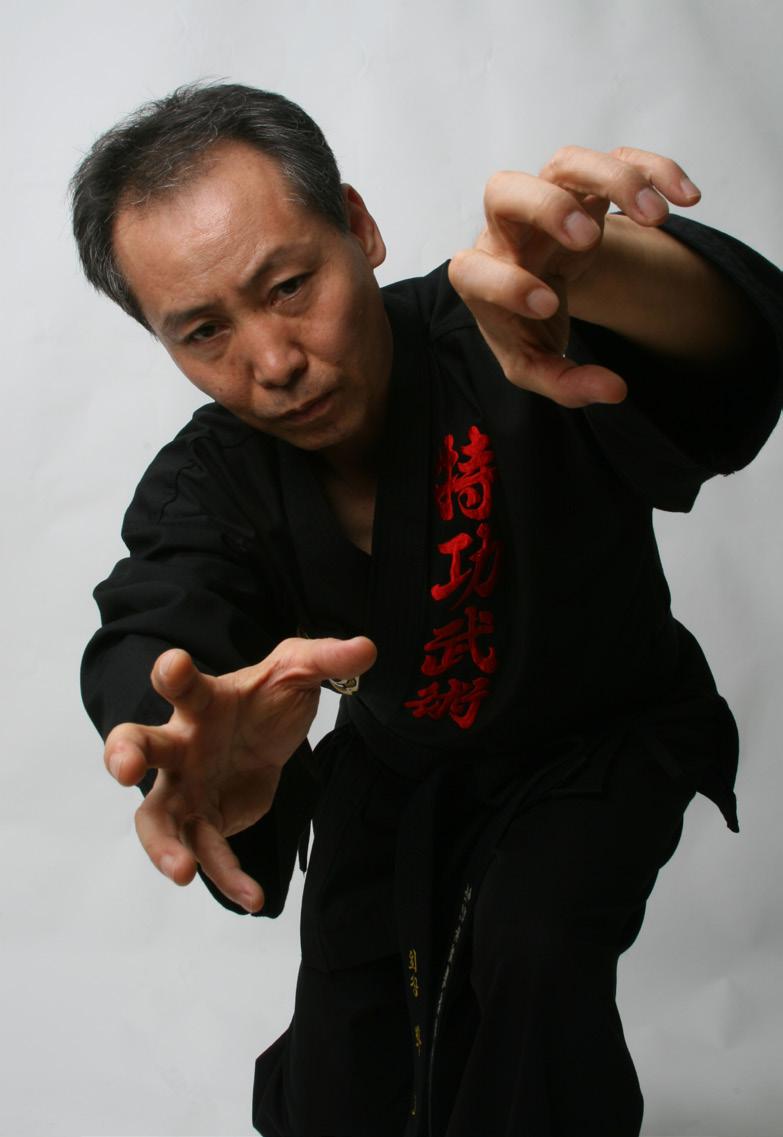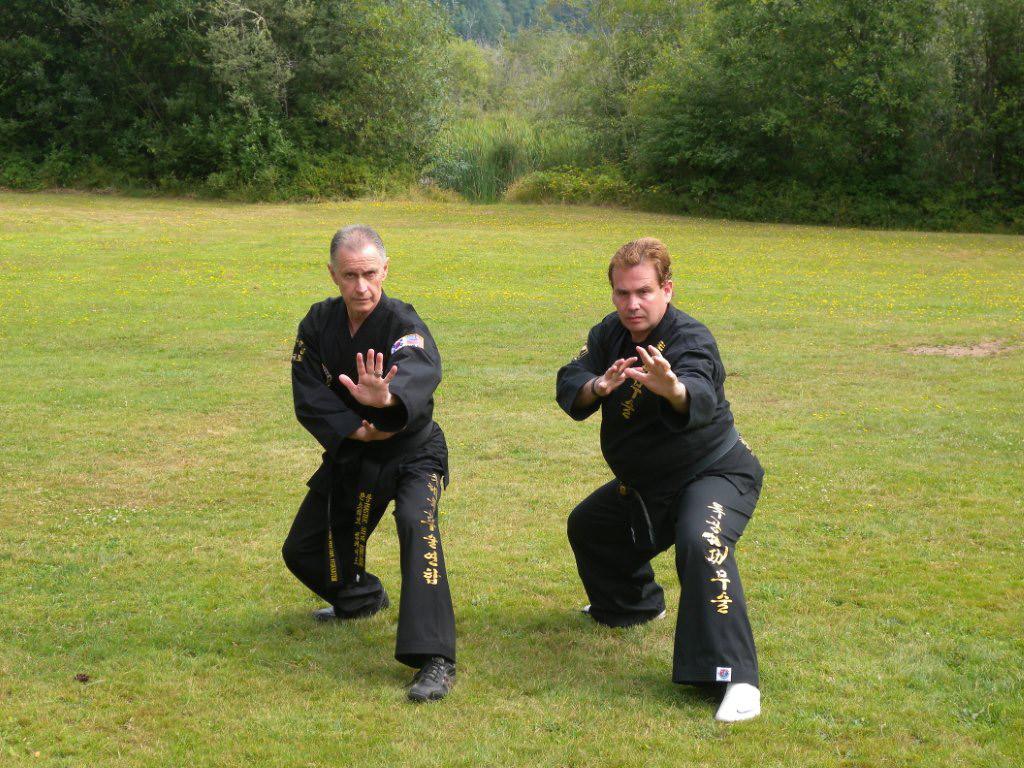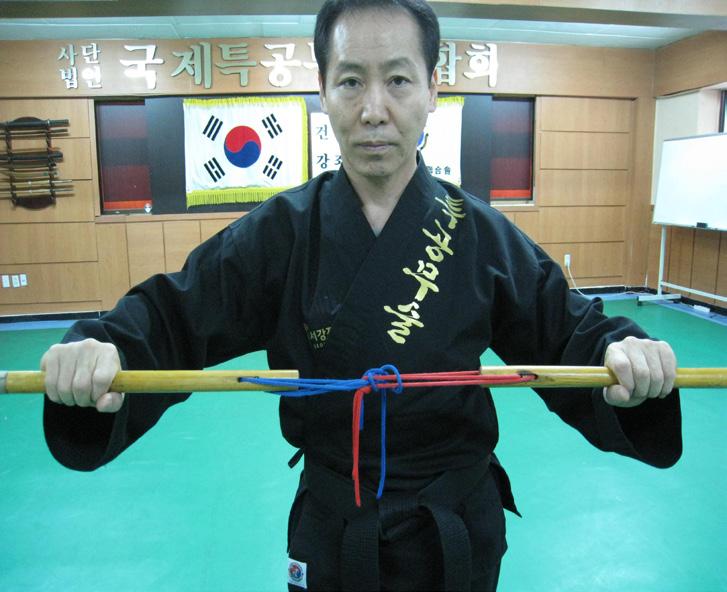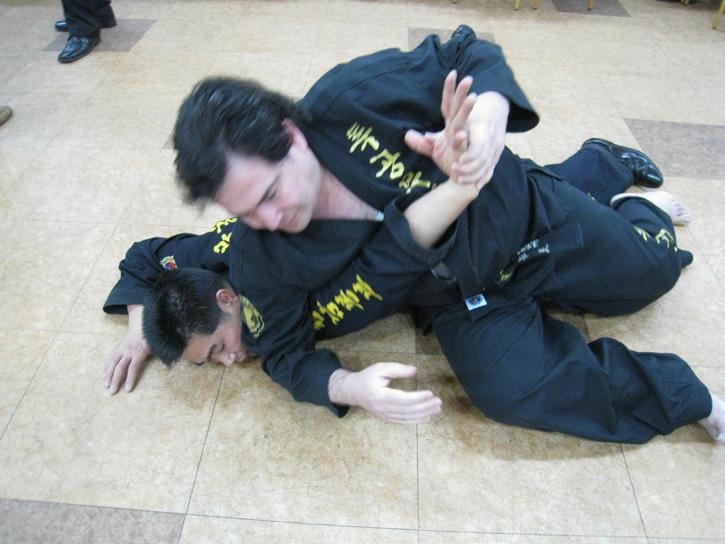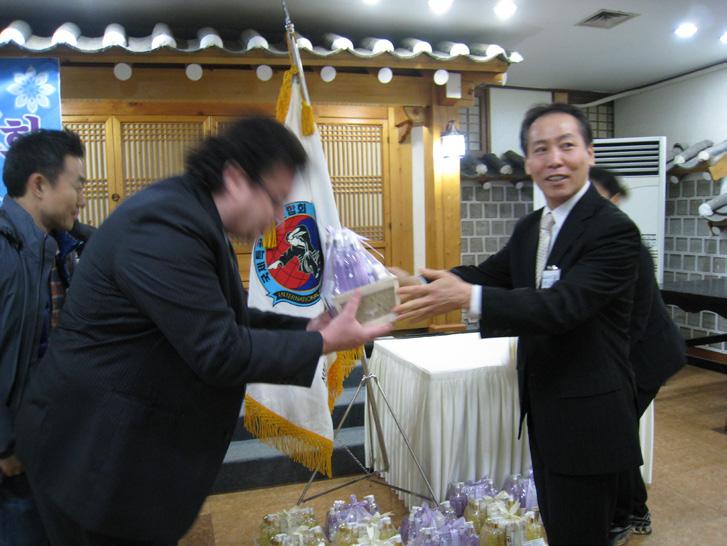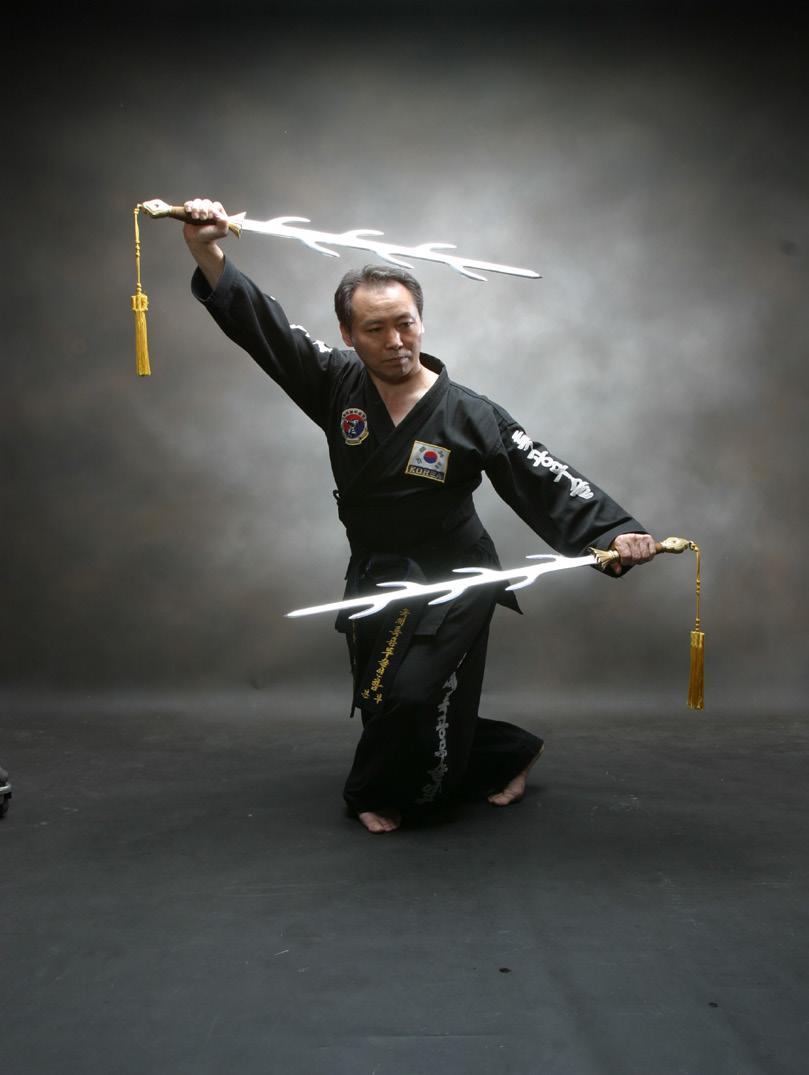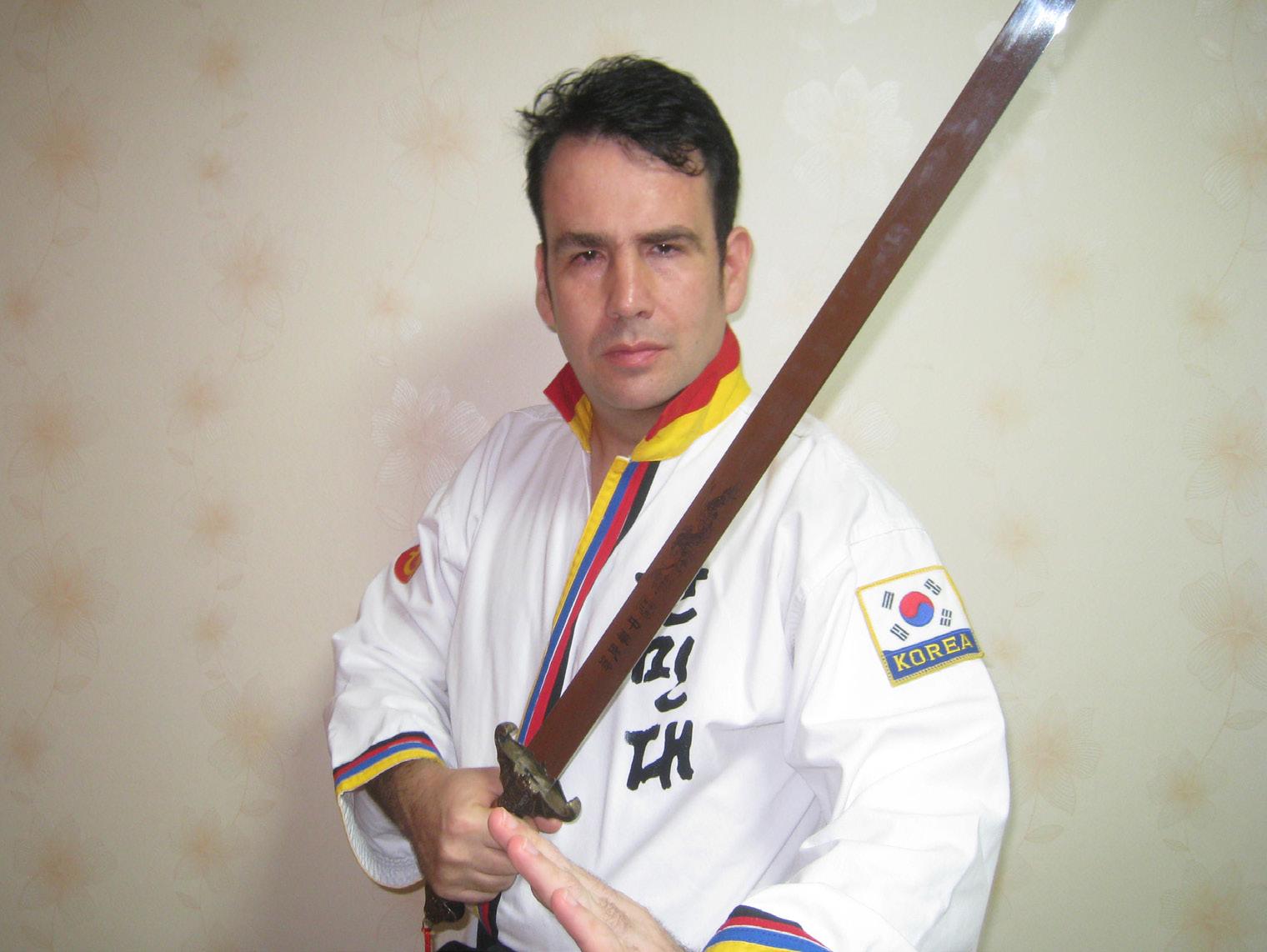
9 minute read
THE EVOLUTION OF 5000 YEARS OF MARTIAL ART TRADITION Master Guy Edward Larke
The Evolution of 5000 Years of Martial Art Tradition
by Master Guy Edward Larke
Advertisement
From Ancient Korea to Modern Day Seoul to the Streets of the Future The Birth of Teuk Gong Moo Sool (Part 1) By Master Guy Edward Larke The debate of what are better, traditional or modern martial arts has been a heated topic for a few decades now. Few actually address the need for the unity of the old and the new. Traditionalists firmly stand their ground in legacies and place their faith in time honoured traditions, philosophies, and ritualized forms. They scoff at modernized systems as crude, barbaric methods of street fighting with no sense of spirituality. Many practitioners of modern systems see the world as an urban jungle. There can be no room for niceties such as uniforms, pretty dances, and outdated weapons. Their arsenal includes quick and dirty close combat techniques and street weapons. Another group is the innovators who attempt to mix the old and the new. The results are mixed as it could result to a hodge podge of ideas and experiences. In a few cases the opposite can be found. Devastating arts such as Kenpo, Anshu Stephen K. Hayes’ To Shin Do and Chun Kuk Do (the Chuck Norris System) are among a few of the success stories. These success stories are the culmination of great people’s minds, skills, research and constant development. In my 2nd home of South Korea the amount of actual real traditional art forms can be counted on one hand. Everything else seems to be modern revisions and adaptations of other arts… even other contemporary arts. In some cases school owners make their own program just to avoid the politics and high costs of being connected to controlling forces of associations. As in our own cultures a few masters decide to carefully develop and structure a system that can do everything it should. One of the rare few is Grandmaster No-Won Park, the founder of Teuk Gong Moo Sool.
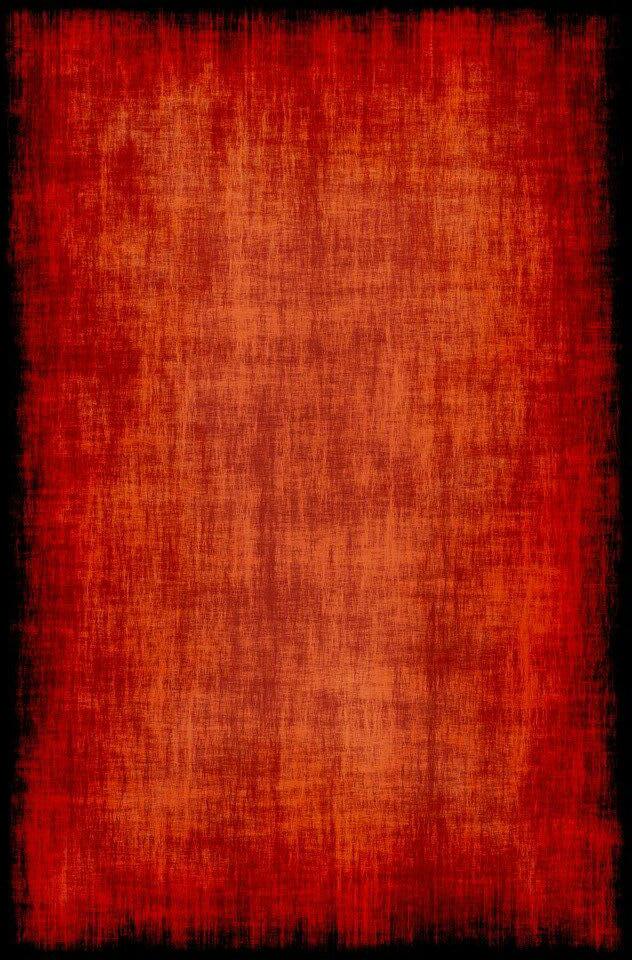
History in Brief: GM (Grandmaster) Park was born in Iksan, South Korea on April 19th, 1956. The young boy quickly showed an aptitude for athletics and throughout elementary school competed in track and field events. In addition he started practicing Taekwondo at the age of nine alongside his uncles who were close in age to him. He was enthralled with it. When he began middle school he traveled to a nearby town and visited 3 separate martial art academies a day. Like most young men he thought whatever he was doing at that moment was the universal truth and encountered any plateau with earnest. So completely immersed in the arts he spent every waking moment going through combinations in his mind. While in middle school and high school he would subtly practice motions with his fingers rather than pay attention in class. Needless to say he got scolded for that a few times. He studied like that for 10 years practicing 7 days a week, rain or shine. Soon after he started formulating his own system in his mind as it was taking too much time in his schedule and there was so much repetition between the academies. That attitude became one of his mottos in his life. “Take everything you know and make something new.” It now means anything in your life, not just the fighting arts. In September 1977 he enlisted into mandatory military service and was placed into an elite special guard unit until May’80. There he learned sniper skills, bodyguard techniques, advanced pressure points, survival skills, etc. In late ’78 the Korean government wanted to develop special martial art techniques for their counter terrorist agents. They needed a system that was quick to learn and efficient. The desperate urgency was due to a hijacked plane in ’77.
As fate we have it a tragic event happened on October 26, 1970 President Jung-Hee Park was assassinated. This postponed the actual systemization of the art now known as Teuk Gong Mu Sool. On April 21st, 1981 it became an official subject in the Korean military training regimen. It encompassed eight internal and external arts that GM Park researched extensively. In 1986 it was actually set enough to be put into a textbook format. The real test came during the mid ‘80’s when the South Korean military arranged a sparring match between five 4th and 5th degree black belt officers and five North Korean spies. The S. Korean officers were humiliated to say the least. They were put into a brutal 3 moth crash course training with GM Park to intensively study the military’s new secret weapon. After there was a rematch and all five officers emerged victorious. Shortly thereafter GM Park took his proven system to the Korean public and altered it for all of society to benefit from it. Definition and meaning: Literally it means Special Forces Martial Art. In Korea mudo and musul have two different meanings. “Mudo” is a more modern term as “do” is in Japanese arts. “Sul” in Korean has a similar meaning as “jutsu” is in Japanese arts. It’s older and infers higher level skill for serious conflicts. The federation flag is heavily laden with symbolism. The symbols are as follows: * The Taegeuk (Korean national flag symbol) represents um and yang. Also what we know as yin and yang. In addition it represents Korea’s identity. * The globe as one can guess means the desire to internationalize the art. * The orange coloured rim helps one envision light, energy and ki. * The colour of blue on the flag represents the clearness and clarity of the spirits of those flow the TGMS doctrines. * The black belt symbolizes every individual who earned the right to wear a belt in this system. * The person posing is a model of the individuals who went above and beyond in their pursuit of excellence in TGMS. Basically those who achieved Master status. * In the posture itself, the right hand symbolizes the generation and expulsion of ki all around him, while the left stands for heroic virtue in the traditional sense. As you can guess, the knife symbolizes skill in all areas. * The Korean writing is in tribute to Korea’s cultural identity. * The English is to demonstrate the willingness to adapt and blend with the international community. Weapons: The weapons, skills, or subjects (as they are referred to in TGMS) are numerous and varied. Each one has basic, intermediate, and advanced levels with forms dedicated to each. The following “subjects” are as follows: * Bu-wuhl-sul – A weapon from the Gogureo Era and used by the elite warriors known as the Joee-sun-in. It is a small, light diamond headed axe attached to a long rope (similar in away to the ninja’s manriki-gusari). This easily hidden weapon is devastating in close and far distances particularly if there are obstacles in the way. * Pah-dong-gu – It appears to be a traditional Korean sword, but has a sharp wavy blade. It generates and uses internal and external power upon impact. It can be used as a sword or even a saw or an axe if need be. Chil-ji-do – GM Park’s favorite blade. It dates back to the Baek-jae Era. The fork like appendages on the blade allows the defender to easily trap an enemy’s blade and disarm him efficiently. More importantly it is a symbol of high authority. One was actually given centuries ago to the Japanese royal family. Dan-gum - Korean for
dagger.
Chong-gum - Korean for the bayonet off of a rifle. Mong-doong-ee - A short
stick.

Bong - The Korean Bo staff. Ssang-juhl-gon- Korean word for the nun chuks. Kwon-chong- Basically the use of a handgun as a melee weapon. Teuk-Moo-Do - The Chinese saber seen in most Kung Fu systems. Yah-jun-sahp - The military style shovel. Actually any kind could be used. Sam-dahn-bong - The police stick used in most law enforcement agencies around the world. Gum - This is their basic
sword. These are in addition a wide range of upper and lower body strikes,

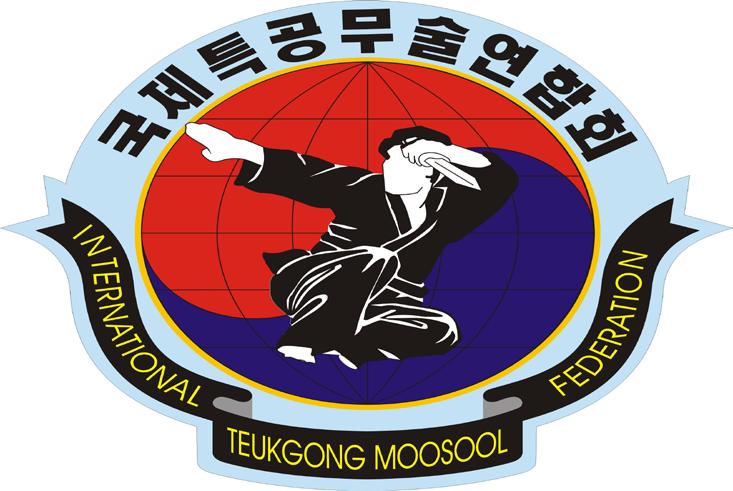
pressure points, locks and throws. Differences compared to its “cousins”: As a constantly growing and developing art there are numerous differences from Teuk Gong Moo Sool when viewing it as opposed to other Korean arts. Firstly, is the time it takes to study. Nowadays everyone seems to follow the McDojo method or the old-style method of promotion through the stages. This uses neither. The system was designed for efficiency and no wasted time. However, there is also a wide breadth of techniques to be learned as well. For experienced martial artists 3-4 years will see a fast result. Second is their view on flexibility. Where many see that as a measure of how high you can bend or kick, TGMS practitioners view it as how explosive your techniques can be. The more relaxed and flexible your muscles are the more power they can generate. In regards to breathing, most of the focus is put on the exhalation of breath. All techniques are performed upon exhalation for more power. Another interesting difference is their version of the horse stance. GM Park sees the atypical horse stance as too wide for practical use while the typical fighting stance has no power. The most typical stance found in TGMS is the diamond stance seen in several of the photos. It resembles a tiger crouching off to one side with hands raised and fingers open. It is useful at any direction and any kind of technique. When hand blows are employed every joint in the finger, hand, and arm is used. Again, elasticity is called into play and the techniques are more akin to a wet towel being cracked at an opponent than anything else. One last difference is basic rolling techniques are used far more frequently than fancy tumbling tricks as the later are mostly useless on the street. Other differences will be discussed in far more detail in a further issue. Anyone interested in learning more about this neoclassical military art can contact me or the association at http://www.tgms.or.kr. Guy Edward Larke sabumnim has dedicated his life from a young age to the pursuit of the martial arts, Asian culture and hopology. It led him to Korea in 2000 and has lived there since then. He lives in Seongnam city with his wife Gi-Ryung and son Alexander. He holds black belts in Teuk Gong Moo Sool and several other arts. Currently he teaches various arts in addition to writing for various magazines and running Kisa-Do Muye & Marketing. He can be contacted on Facebook or at kisadomuye@gmail.com.

